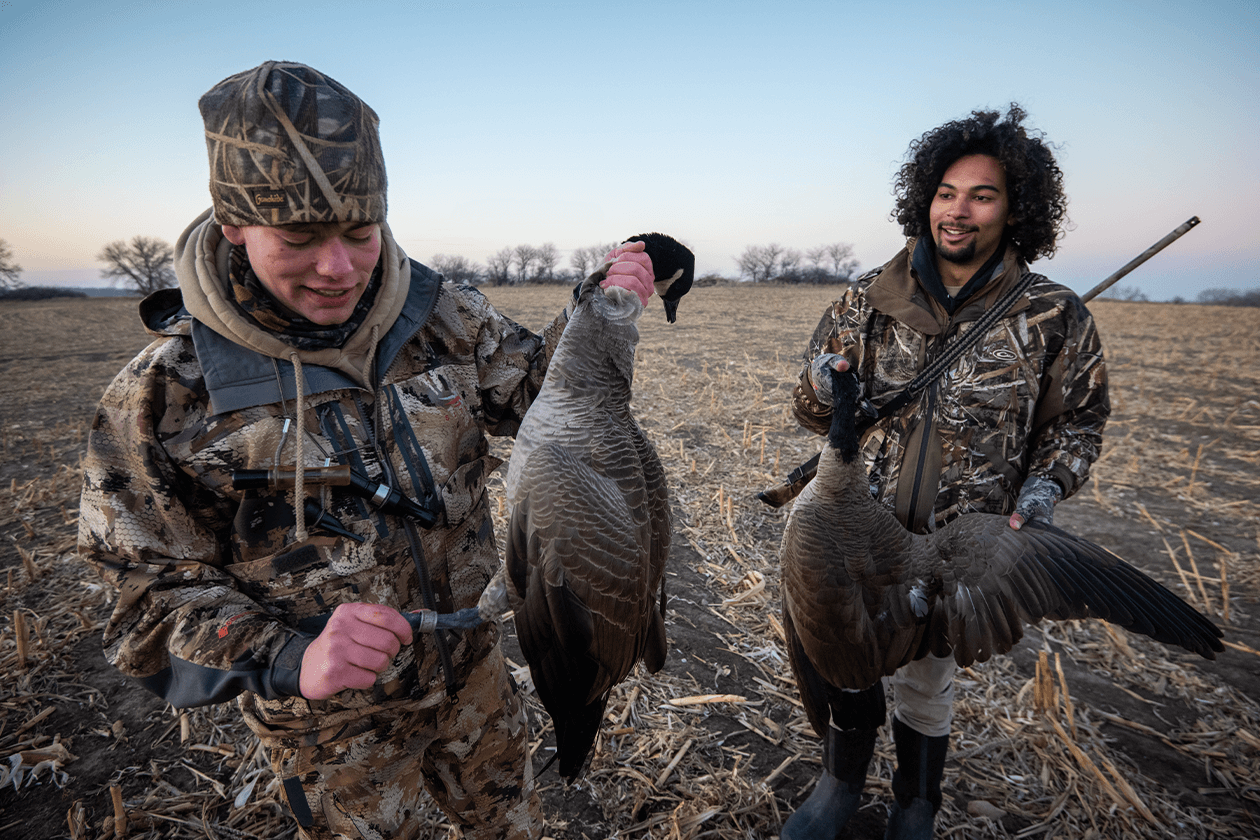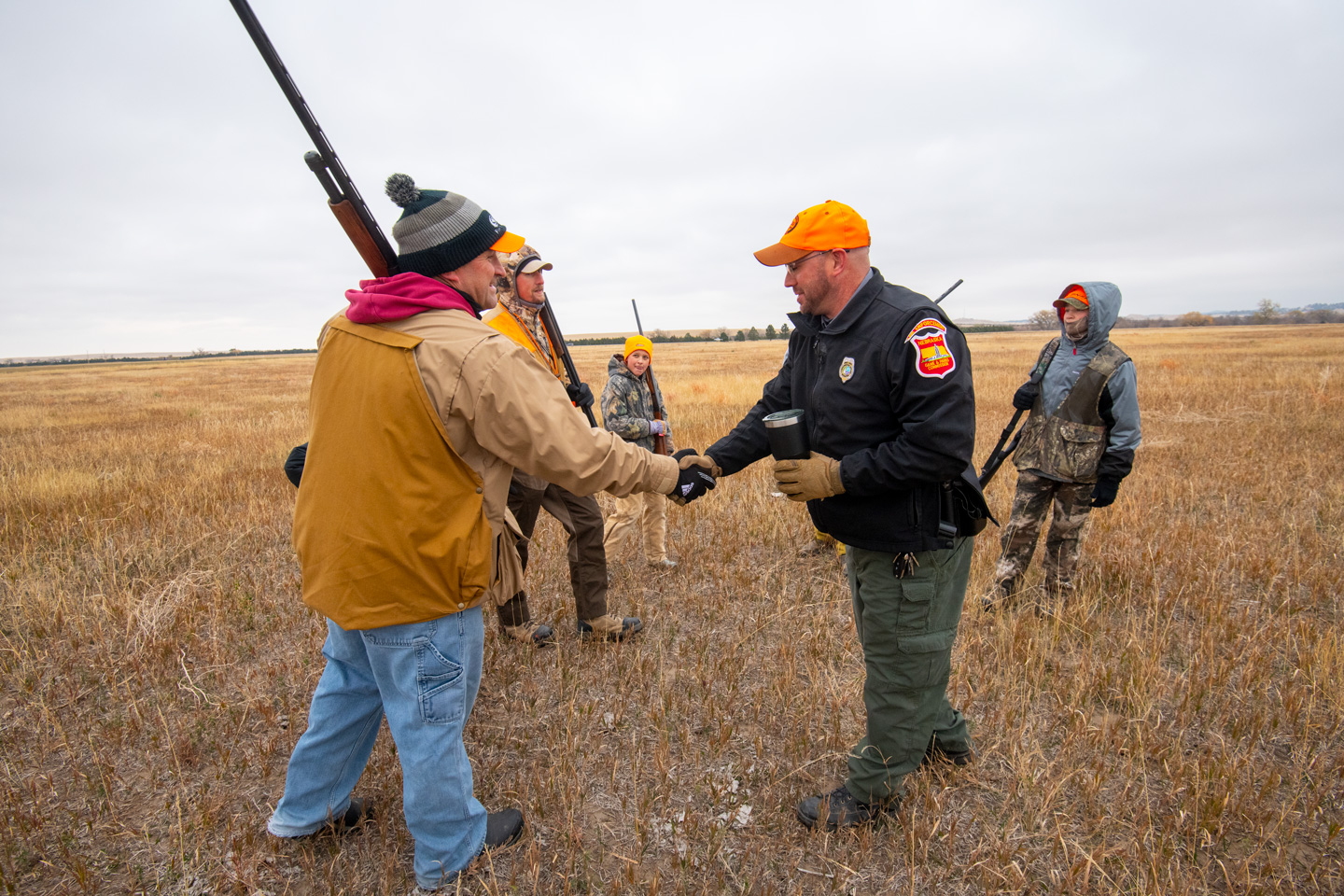Turkey hunting is a beloved tradition for many outdoor enthusiasts in Nebraska. With ample opportunities across the state, turkey season provides hunters a chance to be out in nature and harvest wild game. But when exactly is turkey season in Nebraska? This guide will provide everything you need to know.
Overview of Turkey Season Dates
The turkey season in Nebraska runs annually from late March through May Here are the key dates for 2024
- Archery Season: March 25th – May 31st
- Youth Shotgun Season: April 8th – May 31st
- Regular Shotgun Season: April 15th – May 31st
So archery hunters get the longest continual season, spanning the full timeframe. Youth shotgun hunters get a week headstart before the main shotgun season opens to the general public on April 15th.
Spring vs. Fall Turkey Seasons
Nebraska offers both a spring and fall turkey hunting season. The spring season runs March through May as outlined above. This coincides with turkeys breeding season, making calling and hunting more effective.
The fall turkey season is much shorter, running only from October 1st to November 30th annually. Fall seasons tend to offer less opportunity compared to the spring.
Bag Limits and Permit Details
Here are some key regulations Nebraska turkey hunters should be aware of:
- Hunters may purchase up to 2 spring permits and harvest 1 bird per permit
- Only bearded turkeys may be harvested in the spring
- All harvested turkeys must be reported via Telecheck within 48 hours
- A hunter education certificate is required for all hunters age 12-29
In addition, there are special regulations around baiting and tagging harvested birds. Be sure to consult the Nebraska Game and Parks Commission’s turkey hunting guide for full regulations.
Spring turkey permits for non-residents increased to $140 in 2024, up from $125 the previous year. There is also now a quota of 10,000 permits allocated for non-resident hunters.
Top Turkey Hunting Areas
With over 1 million acres of public hunting land, Nebraska offers great access for hunters pursuing wild turkeys. Here are some top areas to consider:
- Pine Ridge: Highest concentration of birds in the state, features pine forest habitat
- Niobrara River Valley: Mix of forest and grassland along the river corridor
- Rainwater Basin: Open agricultural land that holds good numbers of turkeys
- Oak woodlands: Mature oak forests in southeast NE hold turkeys on public lands
Within these regions, there are many state wildlife management areas, state recreation areas, and national forest lands providing public access.
Hunting Tactics and Considerations
Turkey hunting requires specialized equipment and techniques for success. Here are some tips:
- Use camouflage clothing and facemasks to remain hidden
- Bring different types of calls to mimic turkeys and attract them
- Set up near roosting areas early in the morning
- Use decoys sparingly to avoid alarming birds
- Remain patient and still while calling and waiting
Also be sure to properly identify bearded birds before taking a shot. And tag, register, and care for harvested turkeys according to regulations.
Enjoying the Full Turkey Hunting Experience
Beyond the pursuit itself, savor the experience of a Nebraska turkey hunt to the fullest. Take in the spring scenery and nature. Enjoy sunrises in the field. Make hearty meals with your harvested turkey. Spend time with fellow hunters and family.
With the right permits, equipment and location, Nebraska turkey hunting offers an accessible and rewarding outdoor tradition every spring. Follow this guide to make the most of your season.

Waterfowl seasons & daily bag limits
For additional information and other regulations, see the Waterfowl Guide on our guides page and view Nebraska waterfowl zones here.
- North Central unit: Oct. 5, 2024 – Jan. 17, 2025
- Platte River unit: Oct. 28, 2024 – Feb. 9, 2025
- Niobrara unit: Oct. 28, 2024 – Feb. 9, 2025
- Daily bag limit: 5; possession limit: 15
- Statewide: Oct. 12 – Dec. 22, 2024; Jan. 25 – Feb. 9, 2025
- Daily bag limit: 2; possession limit: 6
- Statewide: Oct. 12, 2024 – Jan. 8, 2025; Jan. 25 – Feb. 9, 2025
- Daily bag limit: 50; possession limit: none
- East zone: Feb. 10 – April 15, 2025
- West zone: Feb. 10 – April 5, 2025
- Rainwater Basin zone: Feb. 10 – April 5, 2025
- Daily bag & possession limits: none
*For special regulations see the Waterfowl Guide
- Low plains: Sept. 1 – 16, 2024
- High plains: Sept. 1 – 9, 2024
- Daily bag limit: 6; possession limit: 18
- Zone 1: Oct. 12 – Dec. 24, 2024
- Zone 2: Oct. 5 – Dec. 17, 2024 (Low Plains); Oct. 5 – Dec. 17, 2024 and Jan. 8 – 29, 2025 (High Plains)
- Zone 3: (High Plains) Oct. 26, 2024 – Jan. 7, 2025 and Jan. 8 – 29, 2025
- Zone 4: Oct. 26, 2024 – Jan. 7, 2025
- Daily bag
- Tier 1: six ducks, with restrictions;
- Tier II: three ducks, any species, any sex;
- Possession limit: Three times the daily bag limit
- Zone 1: Oct. 5 – 6, 2024
- Zone 2: Sept. 28 – 29, 2024
- Zone 3: Oct. 19 – 20, 2024
- Zone 4: Oct. 19 – 20, 2024
- Daily bag
- Tier 1: six ducks, with restrictions;
- Tier II: three ducks, any species, any sex;
- Possession limit: Three times the daily bag limit
- Zone 1: Oct. 5 – 6
- Zone 2: Sept. 28 – 29
- Zone 3: Oct. 19 – 20
- Zone 4: Oct. 19 – 20
- Daily Bag – Tier 1: six ducks, with restrictions; Tier II: three ducks, any species, any sex; possession limit – three times the daily bag limit
- Concurrent with teal, youth and regular duck season dates, plus:
- Zone 1: Feb. 25 – March 10, 2025
- Zone 2:
- Low Plains: Feb. 25 – March 10, 2025
- High Plains: Concurrent with all duck season dates in High Plains Zone
- Zone 3:
- High Plains: Concurrent with all duck season dates in High Plains Zone
- Zone 4: Feb. 25 – March 10, 2025
- Muskrat, beaver: Trap only: Nov. 1, 2024 – March 31, 2025
- Badger: Hunt and trap: Nov. 1, 2024 – Feb. 28, 2025
- Mink: Hunt and trap: Nov. 1, 2024 – Feb. 28, 2025
- Bobcat:
- Hunt and trap: Dec. 1 , 2024 – Feb. 28, 2025
- Running; no harvest: March 1 , 2024 – Nov. 30, 2024
- Raccoon:
- Hunt only: Sept. 1 – Oct. 31, 2024
- Hunt and trap: Nov. 1, 2024 – Feb. 28, 2025
- Running, no harvest: March 1, 2024 – Aug. 17, 2024
- Virginia opossum:
- Hunt only: Sept. 1 – Oct. 31, 2024
- Hunt and trap: Nov. 1, 2024 – Feb. 28, 2025
- Running, no harvest: March 1 – Aug. 17, 2024
- Striped skunk: Hunt and trap: year-round
- Long-tailed weasel: Hunt and trap: Nov. 1, 2024 – Feb. 28, 2025
- Red fox:
- Hunt and trap: Nov. 1, 2024 – Feb. 28, 2025
- Running, no harvest: March 1, 2024 – Oct. 31, 2024
- Gray fox: Hunt and trap: Nov. 1, 2024 – Feb. 28, 2025
- River otter: Trap only: Nov. 1, 2024, though Feb. 28, 2025. Only one river otter may be harvested per season, per valid permit holder. Learn more.
- Spring youth shotgun: April 6 – May 31, 2024
- Fall youth archery and shotgun: Oct. 1 – Nov. 30, 2024
- Youth pheasant, quail and partridge: Oct. 19 – 20, 2024
- Zone 1: Oct. 6 – 8, 2024
- Zone 2: Sept. 28 – 29, 2024
- Zone 3: Oct. 19 – 20, 2024
- Zone 4: Oct. 19 – 20, 2024
- Daily bag
- Tier 1: six ducks, with restrictions;
- Tier II: three ducks, any species, any sex;
- Possession limit: Three times the daily bag limit

Nebraska is one of the best places in the country to hunt and explore because of its diverse game.

3 Gobblers at 5 STEPS – Nebraska Turkey Hunting
FAQ
How much does it cost to turkey hunt in Nebraska?
Where to hunt turkeys in Nebraska?
How many Nebraska turkey tags are left?
What kind of turkeys live in Nebraska?
How many turkeys can you buy in Nebraska?
Fall hunters can buy up to two turkey permits, and the bag limit for a fall permit is two turkeys of either sex. Turkey hunters in Nebraska enjoy a long fall season, which ends Jan. 31, 2022, and high success and satisfaction rates.
How many turkeys can a hunter harvest a day in Nebraska?
Daily bag limit – A hunter may harvest no more than one turkey per calendar day during the spring season. Baiting – It is illegal to create a baited area on lands owned or controlled by the Nebraska Game and Parks Commission. Not accompany more than two holders of an exemption certificate at one time.
How many turkeys can a non-resident Hunt in Nebraska?
Permit quotas – The quantity of spring permits available for sale to nonresident hunters is 10,000. Daily bag limit – A hunter may harvest no more than one turkey per calendar day during the spring season. Baiting – It is illegal to create a baited area on lands owned or controlled by the Nebraska Game and Parks Commission.
Are there turkeys in Nebraska?
Turkey hunters in Nebraska enjoy a long fall season, which ends Jan. 31, 2022, and high success and satisfaction rates. Wild turkeys can be found all across Nebraska, and more than 1.2 million acres of land are publicly accessible across the state. The Nebraska Public Access Atlas provides hunters a guide to publicly accessible lands.
